Q&A with Ruth Barber, Yoga teacher and patient advocate
15th October 2024 | Tim Atkinson
Ruth will be a familiar face to anyone who knows her either from her pain advocacy, and especially her voluntary work for Pain Concern, or her work as a yoga teacher, going under the name of ‘Lazy Beautiful Dream Yoga’. She runs in-person sessions in Scotland, as well as online sessions for those of us slightly further afield. Here Ruth discusses the inspiration for her yoga practice, how she came by the name and much, much more . . .
Lazy Beautiful Dream Yoga … that’s quite a name! Perhaps you’d like to begin by explaining how it came about?
It is actually my name! My maiden name is Quigley and that means either untidy or lazy; and Ruth means Beautiful Dream. When I was working as a physical activity specialist for the NHS, I often would talk about the meanings of things that are important to us and how beliefs, values and culture influences our health behaviours. So I would share my own story of the meaning of my name. My lazy beautiful dream then came into fruition when, as a family we moved to Glasgow, and I left NHS and started my own yoga and relaxation business. Slightly ironic as I am definitely not lazy,butIdonowtrytobeabit ‘lazy’ in life to be restful and look after my pain.
You worked in NHS Health Promotion for a number of years, delivering workshops in what might be regarded as more traditional (or ‘Western’) style. How has that influenced the work you now do as a yoga teacher? Is it a case of one approach being better, or are there advantages to each?
Working in health promotion in Central London gave me such a wide variety of experience that it absolutely influences the work I now do teaching yoga. I worked in what you describe as traditional health for 20 years, but probably in a fairly untraditional role. Health promotion can be difficult to quantify, to show the difference it makes. One thing that I still do is work with evidence-based practice, keeping up-to-date with new research. My NHS role was to promote the Chief Medical Officer’s physical activity recommendations and ensure that the messages being delivered by healthcare staff reflected best practice.
As a yoga teacher I want to be promoting practices that I myself fully embrace. I seek out the history, philosophy and science behind yoga practices, looking at modern research and the evidence base. That means a lot of books and reading but that is one of the great things about yoga, or healthcare in general – there is always something to learn. And I learn most from the people I teach!
That’s really interesting. And what have you learned?
I first started teaching yoga as part of a role that involved working with homeless centres, migrant support centres, and support groups for mental health and well being as well as projects for those suffering domestic violence. A dogmatic yoga practice emphasising perfection and bodily alignment can have an adverse impact on vulnerable individuals, and I have consistently prioritised the qualities of respect, honouring of yourself and an awareness of ingrained imprints of the past. In yoga this is called Samskara: seeing and questioning patterns, standing back and thinking, contemplating. I learnt to teach with compassion, creating a safe space and providing a chance to feel embodied. I teach in this way as it what I need myself from yoga. With a nervous system that is heightened, desensitised, on some sort of high alert I can use the yoga practices of relaxation, breathing, and soothing movement to nourish my painful body and live well alongside this pain. Yoga, for me aids the secondary suffering associated with being in ‘physical’ pain. The associated grief, self image, poor mental health that a life in pain can bring needs a lot of self care and for me I find that self care in yoga practices. It is about acceptance, being self compassionate, curious and exploring sensations, including the experience of pain.
We’re both participants in the Trinity Laban Language of Pain research project as people with lived experience. How have you found the challenge of examining so many different styles of artistic expression? What has become your go-to response when trying to articulate pain?
This challenge has been an amazing experience. Firstly, working with like minded pain folk and learning and sharing how we all manage pain in art forms and other ways. That support has been incredible. I don’t consider myself as particularly artistic (despite being a dancer and dance teacher for many years) as I can’t express myself well if it doesn’t involve some kind of movement. However this project for me produced drawings and written words that I now wish I could have used in my initial pain years to explain the experience of living in pain – something I have always found very hard to express. Art forms can be so useful to articulate the pain but also to explain to others who cannot see the pain or invisible conditions that I am living with everyday.
Ok, now for some quick-fire, just for fun questions. What was your burning ambition as a child?
A window cleaner… and a gymnast.
What is top of your to-be-read pile at the moment?
The History of Bees, by Maja Lunde.
What piece of music is currently your ear-worm?
Criminals by Meghan Trainor after watching The Perfect Couple.
Guilty pleasure?
Watching Gilmore Girls.
Thanks Ruth!
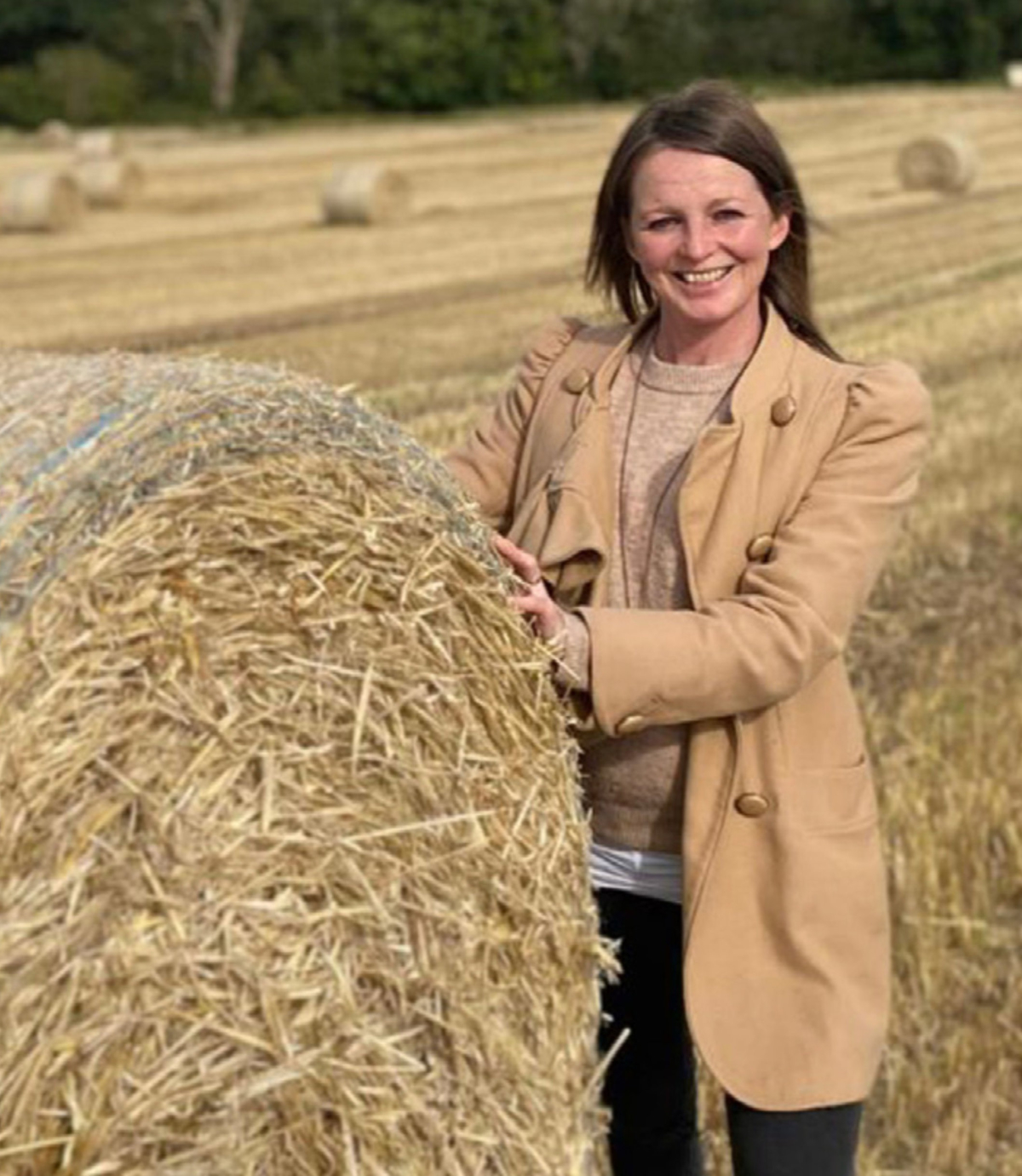
Ruth Barber
“The associated grief, self image and poor mental health that a life in pain can bring needs a lot of self care and I find that in yoga practices”
Ruth Barber
This article first appeared in Live Well with Pain’s October 2024 newsletter.
You can download a PDF of the October edition here:
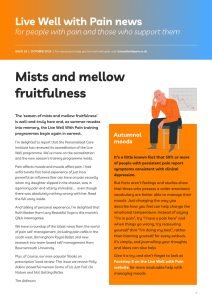
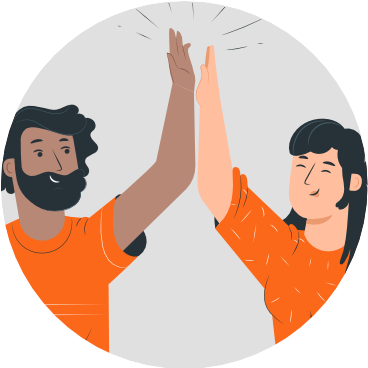 What is self management?
What is self management? Using our resources
Using our resources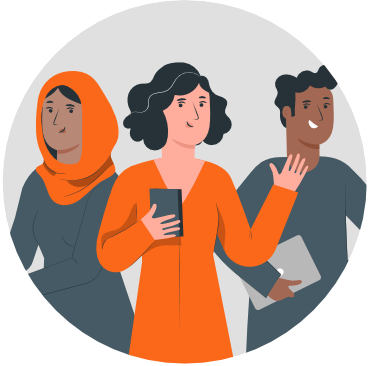 About us
About us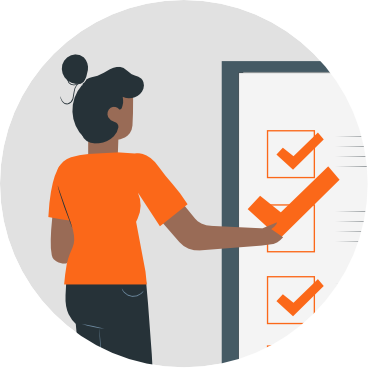 Always trusted, always free
Always trusted, always free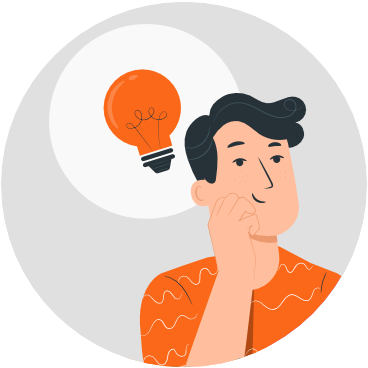 Explore our resources
Explore our resources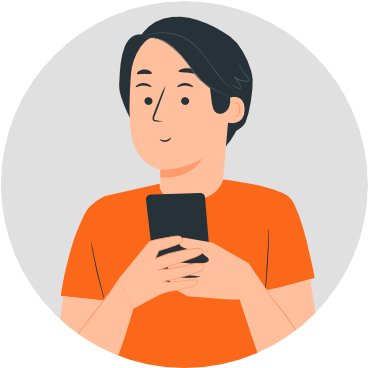 Ten Footsteps programme
Ten Footsteps programme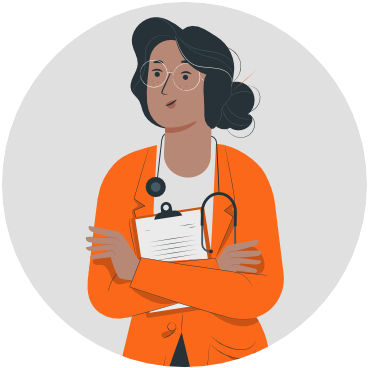 Professional tools
Professional tools Training for practitioners
Training for practitioners Our newsletter
Our newsletter Inspire – our blog
Inspire – our blog